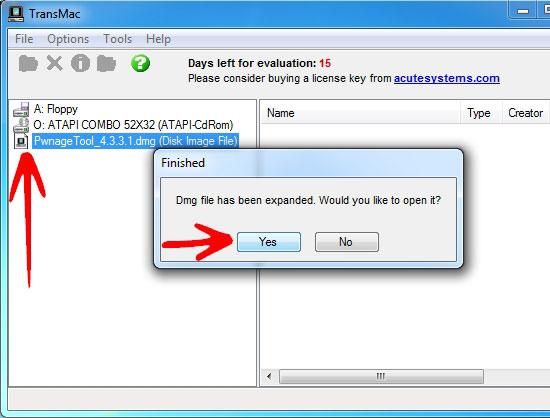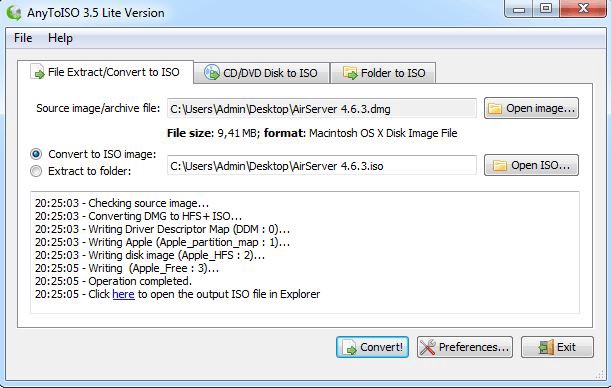
Instead, SD Notary will create a folder next to it, named after the app, and make a copy there. The copy of the app you choose when you press Submit App will not, itself, be modified. If there is an error, it will display any explanation provided. The Log area will keep you informed of what is happening. There can be a delay of many minutes between uploading and stapling (or notification of failure). Signs of progressĭepending on the size and complexity of your app, the speed of your Internet connection, and how busy Apple’s servers are, the whole process can take quite a while. If your app has been successfully uploaded but the process is interrupted before the stapling process - there is a delay of several minutes or more involved - you can use the Staple Only… button to select the submitted copy and attempt to staple it. Set your entitlement requirements in the window that appears, and press the Submit Now button. You can, instead, drag your application over SD Notary’s icon. If all goes well, you will end up with a notarized and stapled copy of your app. Once you have it set up your requirements, you can press the Submit… button, choose your app in the sheet that appears, and begin the process. This will store the window’s values, and they will be used each time you open a new window. Rather than have to enter all your settings each time, you can set up a document window with your preferred values, then choose Set Document Defaults from the File menu. You can adjust these values accordingly.Īnother button let you skip signing enclosures, and should normally be unchecked. The default values suit a basic AppleScript applet: it is allowed to send Apple events, and to load third-party frameworks (required in some cases where AppleScriptObjC is used).

This is where you specify the entitlements your app needs. To the right is a tab view with tabs for Entitlements and Advanced. dmg created by it, using the configuration you choose from the popup menu. dmg file as part of the process, and if you have the application DropDMG installed, you can choose to have the. If you get an error, it’s likely you have entered one of the above values incorrectly.Ī checkbox, When submitting, create and staple image, lets you choose to create a. There is a Choose… button, which retrieves team membership information from Apple and let you choose the right team, but it is active only is you are running Xcode 11 or later.Ī good initial test is to click the Fetch History button, which will fetch details of any apps you have tried to notarize. If your Apple ID is associated with more than one Apple Development Team, you will also need to enter the Provider short name of the team you wish to use.
#OPENING A .DMG FILE PASSWORD#
You should enter your Apple ID, and the name you used when you added your app-specific password to your login keychain (see below). Your Developer ID signing identity should appear in the popup at the top of the window. If you have multiple versions of Xcode running, you may need to use xcode-select to make sure the correct one is running. SD Notary 1.4.8 Build 61 (3MB) Using SD NotaryĪssuming you have met all the above requirements, you can run SD Notary. Notarizing involves communicating with Apple servers. This entitles you to generate a Developer ID code-signing certificate, which you need to sign code. * Membership in the Apple Developer Program. * An Apple developer account in the name of the above Apple ID. You must also add this password to your login keychain (see below). * An Apple ID with two-factor authentication (not two-step verification).

#OPENING A .DMG FILE INSTALL#
* Xcode 10 (or later), available from the Mac App Store, must be present, and have been run at least once to install its command line tools. fmplugin files.Īs of version 1.4.4 it is a universal application, running native on both Intel and Apple silicon Macs. (SD Notary was notarized by itself.) It will notarize. Although it was designed with script applets in mind, it should work with any application that has relatively straight-forward requirements. SD Notary is an app that wraps a more friendly user interface around these tools. Some of these tools, though, are still actually part of Xcode. For apps not written in Xcode, such as script applets, notarizing can be done using command line tools. Most macOS applications are written in Xcode, and the process is designed with that in mind. The basic process involves three steps: a more comprehensive form of code-signing, submission to Apple where the app is checked and approved, and (optionally) stapling the resulting ticket to the app. With macOS 10.13.6, Gatekeeper is requiring notarized apps where it previously accepted simple code-signed apps. SD Notary is a utility for having apps notarized by Apple.


 0 kommentar(er)
0 kommentar(er)
